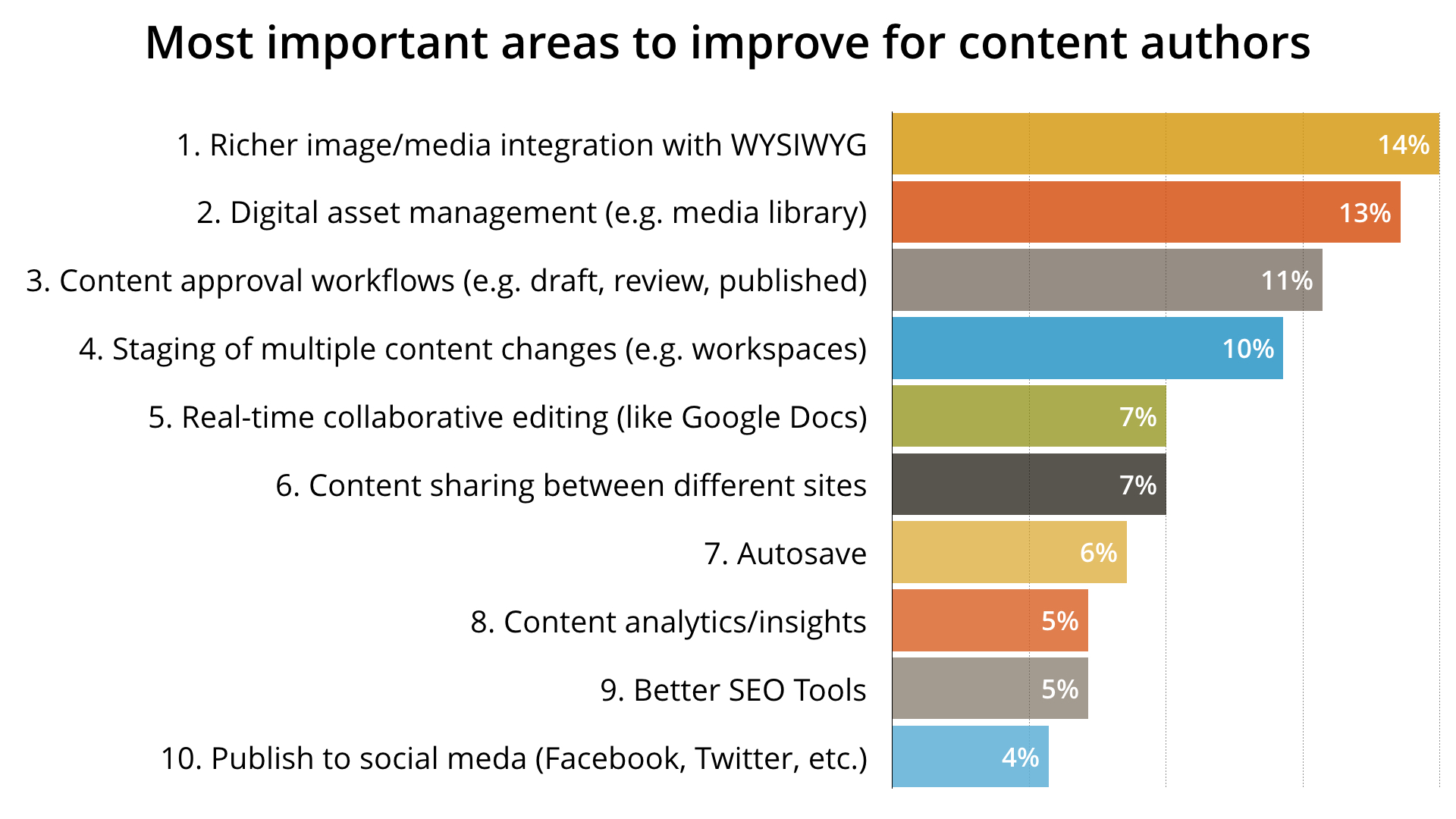 In today’s digital age, content creation plays a vital role in the success of any marketing strategy. However, without a well-defined content workflow, the process can quickly become chaotic and inefficient. That’s why it’s crucial to build an effective content workflow that will help systematize your content creation process, making it smoother and more scalable. In this article, we will guide you through the steps of creating an efficient content workflow and provide tips for optimizing it for better results.
In today’s digital age, content creation plays a vital role in the success of any marketing strategy. However, without a well-defined content workflow, the process can quickly become chaotic and inefficient. That’s why it’s crucial to build an effective content workflow that will help systematize your content creation process, making it smoother and more scalable. In this article, we will guide you through the steps of creating an efficient content workflow and provide tips for optimizing it for better results.
Why You Need a Content Workflow
A content workflow is a step-by-step process that outlines the creation, review, approval, and publication of content. It is essential for several reasons. First, it helps streamline the content creation process, making it more efficient and organized. By following a structured workflow, you can ensure that each task is completed in a timely manner, reducing bottlenecks and increasing productivity.
Secondly, a content workflow ensures that all content goes through a standardized review and approval process. This helps maintain quality and consistency across your content, which is crucial for establishing your brand identity and credibility. By having multiple team members review the content, you can catch any errors or inconsistencies before publishing.
Furthermore, a well-defined content workflow enables better collaboration among team members involved in content creation. By assigning roles and responsibilities to each team member based on their strengths and expertise, you can ensure that everyone is on the same page and working towards the same goals. This collaborative approach leads to better teamwork and more cohesive content.
Setting Up Your Content Workflow
To build an effective content workflow, follow these steps:
1. Define Your Content Goals and Audience:
Before you start creating content, it’s essential to have a clear understanding of your content goals and target audience. Define what you want to achieve with your content and who you are creating it for. This will help guide your content creation efforts and ensure that your content resonates with your audience.
2. Create a Content Calendar:
A content calendar is a schedule that outlines when and what type of content will be created and published. Create a content calendar that aligns with your content goals and audience preferences. This will help you stay organized and ensure that you are consistently publishing high-quality content.
3. Assign Roles and Responsibilities:
Determine who will be responsible for each step of the content creation process, from ideation to publication. Assign roles and responsibilities to team members based on their strengths and expertise. This will help ensure that each task is completed efficiently and effectively.
4. Ideation and Research:
Brainstorm ideas for content based on your content goals and audience preferences. Conduct research to gather information and data that will support your content. This step is crucial for creating valuable and engaging content that resonates with your audience.
5. Content Creation:
Once you have finalized your ideas and conducted research, it’s time to create the actual content. Whether it’s writing blog posts, creating videos, or designing infographics, make sure to follow your brand guidelines and maintain consistency in tone and style.
6. Review and Approval:
Before publishing any content, it’s essential to have a review and approval process in place. Have team members review the content for accuracy, quality, and alignment with your brand voice. Make any necessary edits or revisions before moving on to the next step.
7. Publication and Promotion:
Once the content has been approved, it’s time to publish it on your chosen platforms. Promote the content through social media, email marketing, or other channels to reach a wider audience. Monitor the performance of the content and make adjustments as needed.
Optimizing Your Content Workflow
Setting up a content workflow is just the first step. To achieve better efficiency and effectiveness, it’s essential to continuously optimize your workflow. Here are some tips:
1. Regularly review your content goals and audience preferences to ensure that your content remains relevant and engaging. As market trends and audience preferences change, it’s crucial to adapt your content strategy accordingly.
2. Seek feedback from team members and stakeholders to identify areas for improvement in the content creation process. Their insights can help you identify bottlenecks, streamline processes, and enhance collaboration.
3. Use analytics tools to track the performance of your content and make data-driven decisions for future content creation. By analyzing metrics such as engagement, conversion rates, and audience demographics, you can identify what type of content resonates best with your audience and adjust your strategy accordingly.
4. Experiment with different types of content formats and distribution channels to see what resonates best with your audience. Don’t be afraid to try new things and adapt your strategy based on the results.
Conclusion
A well-defined content workflow is essential for streamlining the content creation process and ensuring that your content is high-quality, consistent, and engaging. By following the steps outlined in this guide and continuously optimizing your content workflow, you can systematize your content creation process and achieve better results with your digital marketing efforts. Remember to set clear goals, create a content calendar, assign roles and responsibilities, conduct research, review and approve content, publish and promote it, and continuously optimize your workflow for maximum efficiency.
